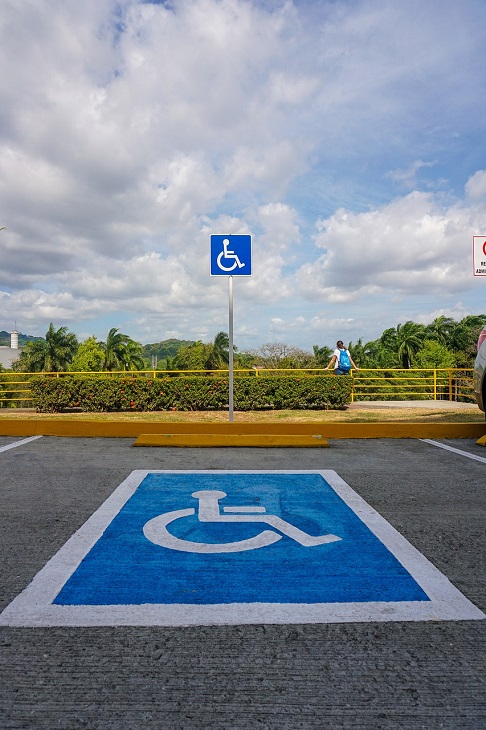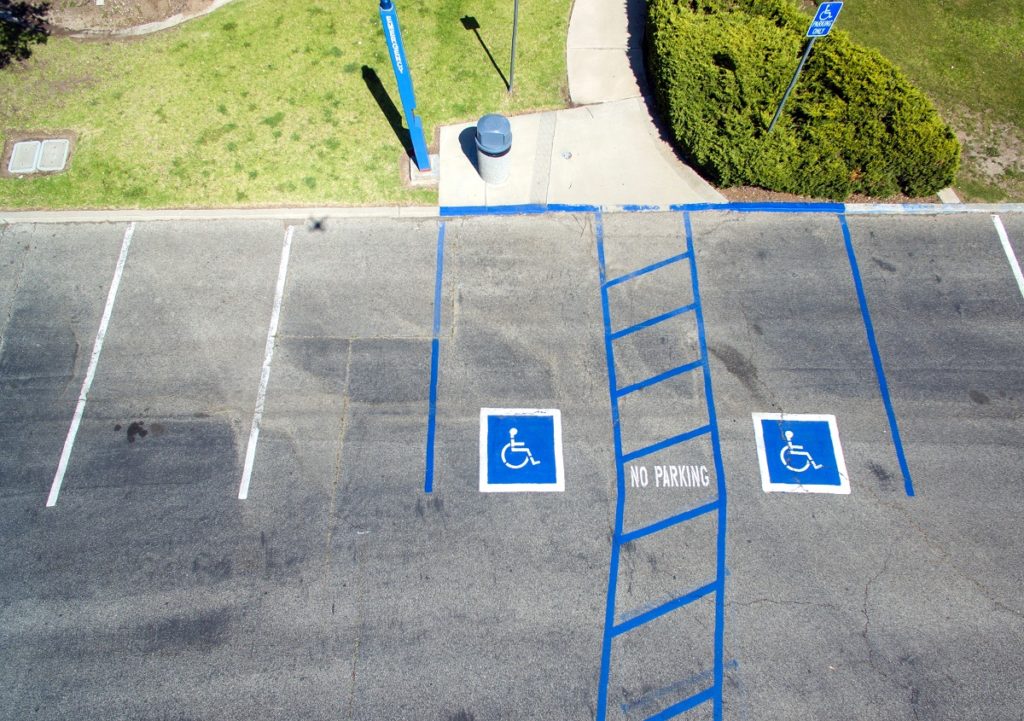Once you’ve received your handicap parking permit, you have immediate access to the most convenient parking spaces when you travel around the US. This accessibility is extremely helpful for people with disabilities who find it difficult to get around. Today, your rights as a disabled person are protected under the Americans with Disabilities Act (ADA), but this wasn’t always the case. Keep reading for some history of disabled parking regulations.
Who invented handicap parking?
While the exact person who came up with the idea for handicap parking isn’t known, the first time there were any legal guidelines for parking advantages for individuals with disabilities was in 1955 in Delaware. This law designated specific parking spaces for those with disabilities. A few other areas in the US also implemented this idea, but it wasn’t widely successful at the time because it was hard to enforce without a federal system in place.
When did handicap parking become law?
So when did handicap parking become a legal requirement? The answer comes out of the Civil Rights movement of the 1960s, a time when lawmakers became more focused on people’s rights (based on gender, race, ethnicity, etc.).
The first law benefiting disabled individuals came in 1968 with the Architectural Barriers Act; it established federal guidelines for the design of buildings so that they would be more accessible to people with disabilities. This included implementing special parking places, signage, and lowered curbs for wheelchair users. The International Symbol of Access (the wheelchair symbol you see today on handicap parking places) was instituted through this act. Although this was a helpful step for many people, there wasn’t any kind of enforcement or direction on placement or size of handicap parking at that time.
In 1988, the Title VIII of the Civil Rights Act was amended to protect people with disabilities from being discriminated against. But is handicap parking a federal law? It is now because of the Americans with Disabilities Act of 1990. This act, still in place today, outlines specific guidelines to help support people with disabilities, including regulation of handicap parking.

What does the ADA cover?
Section 4.6 of the ADA legislation mandates that parking lots and passenger loading zones must have at least one close handicap parking spot near a building’s entrance. Accessible parking spaces should be at least 96 inches wide to allow disabled drivers and/or passengers to enter and exit the vehicle easily (especially if they require the use of a wheelchair or other assistive device).
The ADA also laid out the regulations that businesses need to follow – for example, for every 25 regular parking spaces, there needs to be a minimum of one handicap parking space and one handicap van parking space. The number of designated spaces increases with the amount of regular available parking spaces (e.g. a place with 400 parking spaces must have a minimum of eight handicap-accessible spaces). There is also specific legislation regarding medical buildings and hospitals; these facilities must ensure at least 10% of their parking is handicap spaces.
The ADA also requires that all accessible spaces be designed the exact same way: eight feet wide (and 11 feet wide for van-accessible parking). Access aisles in between the spaces should be marked with a crosshatch pattern so that other vehicles cannot park there and must be at least five feet wide. The surfaces of these spaces must be smooth and level so that wheeled mobility devices can be used easily. All spots should be painted (usually in blue) and marked with appropriate signage designating the spaces as handicap accessible ones. These spaces should also be well-maintained and kept clear of snow, ice, leaves, etc.
Can you report someone not adhering to the ADA?
There are some avenues you can go down if you think a business or public area isn’t abiding by the ADA laws. If you believe someone is breaking the federal law, you can make a direct complaint on the ADA.gov website. The government agency will then investigate your claim and take action if necessary. This can be helpful if you’re trying to make sure the parking lots in your area have the required number of handicap-accessible parking places. You can also contact your local law or parking enforcement to lodge a complaint, or you can call the city manager to voice your concerns.

Although handicap places are regulated under federal law, some states (and even some cities) may have additional restrictions to help with discrimination against disabled individuals. This can include allowing them to park for an extended amount of time (even if there’s a posted time limit) or parking for free at on-street metered parking. These types of benefits are extended in an effort to make getting around easier for those with disabilities.
It’s important to check the laws and regulations for your specific city and state so that you’re informed of your rights. But chances are, if you’re disabled, your rights are covered by federal law.
Featured image by Robert Ruggiero on Unsplash





